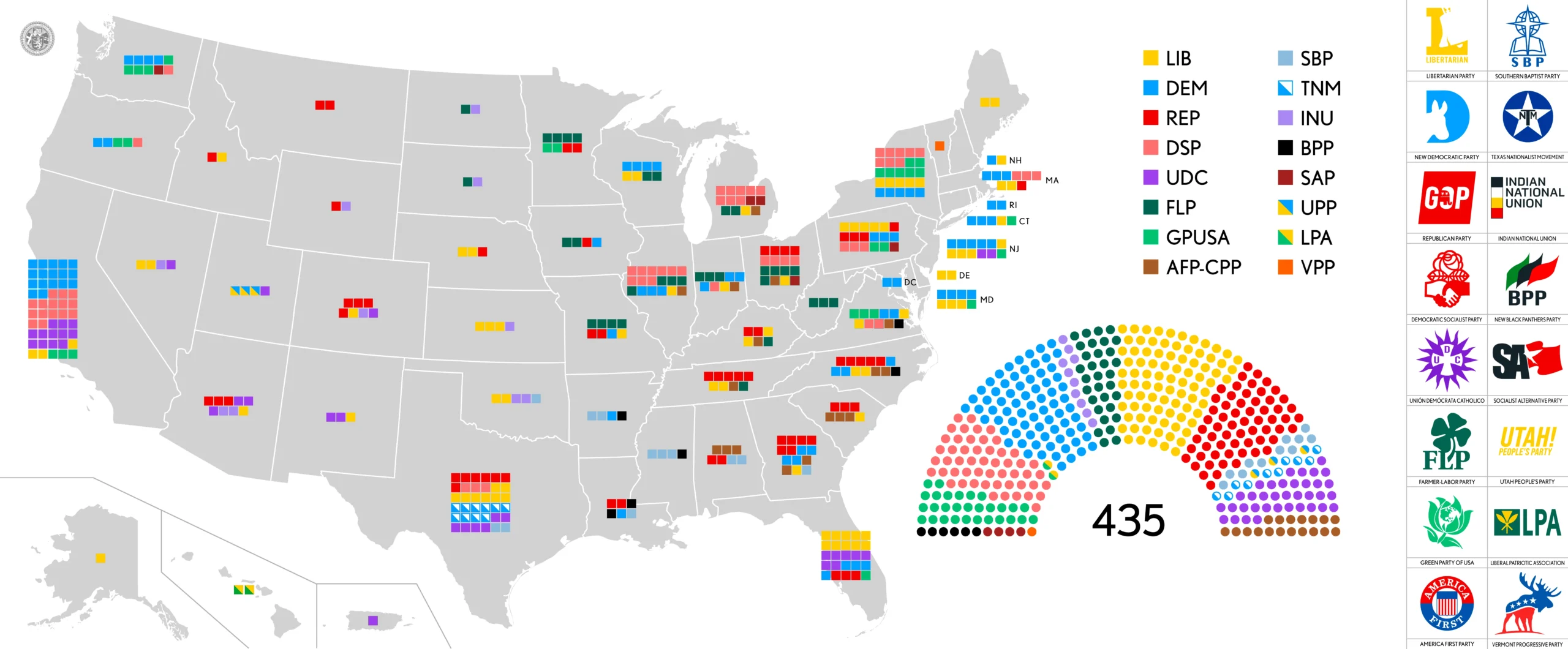TITLE: NAVIGATING THE FUTURE: A DEEP DIVE INTO THE USA ELECTION 2024 AND THE CRUCIAL ROLE OF SWING STATES
 Navigating the Future: A Deep Dive into the USA Election 2024 and the Crucial Role of Swing States.
Navigating the Future: A Deep Dive into the USA Election 2024 and the Crucial Role of Swing States.
Introduction
The United States of America, often referred to as the beacon of democracy, is known for its vibrant and dynamic electoral process. Every four years, the nation embarks on a journey that captivates the world—the presidential election. In 2024, the stakes are high as the country grapples with myriad challenges, from the ongoing COVID-19 pandemic to economic uncertainty and deepening political divides. Central to this electoral spectacle are the swing states, whose shifting allegiances can tip the scales and determine the course of history.
In this comprehensive analysis, we delve into the intricacies of the 2024 US presidential election, examining the key factors, players, and dynamics at play. From the historical context of swing states to the evolving demographics shaping their electoral significance, we explore how these pivotal battlegrounds are poised to shape the future of American politics.
Understanding Swing States: Historical Context and Significance
Swing states, also known as battleground states or purple states, are jurisdictions where neither political party has overwhelming support, making them crucial in determining the outcome of presidential elections. These states often swing between voting for Democratic and Republican candidates, hence their designation as swing states.
The concept of swing states has deep historical roots, dating back to the early days of American democracy. In the 19th and early 20th centuries, swing states played a pivotal role in shaping electoral outcomes, as the nation grappled with issues such as slavery, industrialization, and westward expansion. Over time, the composition of swing states has evolved, reflecting changes in demographics, economic fortunes, and political dynamics.
Today, swing states encompass a diverse array of regions, ranging from the Rust Belt states of Pennsylvania, Ohio, Michigan, and Wisconsin to the perennial battlegrounds of Florida, North Carolina, and Arizona. These states are characterized by their demographic heterogeneity, with urban centers, suburban enclaves, and rural communities all exerting influence on electoral outcomes.
The significance of swing states cannot be overstated. In a country deeply divided along partisan lines, these battlegrounds offer a glimpse into the shifting tides of public opinion. Moreover, the winner-takes-all nature of the Electoral College system magnifies the importance of swing states, as a narrow victory in these jurisdictions can yield a disproportionate number of electoral votes.
Evolving Demographics: The Changing Face of Swing States
One of the defining features of swing states is their demographic diversity, which shapes the political landscape in profound ways. Over the past few decades, demographic shifts have transformed the composition of these battlegrounds, altering the electoral calculus for both major parties.
In states like Florida and Arizona, the influx of retirees and Hispanic immigrants has reshaped the electorate, making these once reliably Republican strongholds increasingly competitive. Similarly, the Rust Belt states have experienced economic upheaval and population decline, leading to shifts in political allegiance among working-class voters.
The role of suburban voters has also emerged as a key factor in swing states, with suburban areas becoming battlegrounds for both parties. Issues such as healthcare, education, and housing resonate deeply with suburban voters, who often wield significant influence in determining electoral outcomes.
Furthermore, generational dynamics are at play, as younger, more diverse cohorts exert their influence on the electoral process. Millennials and Generation Z voters, who came of age during a period of economic uncertainty and social upheaval, are poised to shape the political landscape for years to come.
Navigating the Issues: Key Themes in the 2024 Election
As the 2024 presidential election approaches, a myriad of issues are poised to dominate the national conversation. From the ongoing COVID-19 pandemic to economic recovery, climate change, and racial justice, the next president will inherit a host of challenges requiring decisive action.
The COVID-19 pandemic, which has upended life as we know it, will undoubtedly loom large in the minds of voters. The response to the pandemic, including vaccination efforts, economic relief measures, and public health policies, will be a key point of contention between the major parties.
Economic issues, including job creation, wage stagnation, and income inequality, are also likely to feature prominently in the campaign. The pandemic-induced recession has exacerbated existing disparities, underscoring the need for policies that promote inclusive growth and economic opportunity for all Americans.
Climate change represents another pressing concern, with extreme weather events and environmental degradation posing existential threats to communities across the country. The next president will face mounting pressure to take bold action to combat climate change and transition to a sustainable, renewable energy future.
Additionally, issues of racial justice and social equity are expected to galvanize voters, particularly in light of the Black Lives Matter movement and the ongoing reckoning with systemic racism. Criminal justice reform, police accountability, and efforts to address systemic inequalities will be central themes in the campaign.
The Role of Swing States: A Crucial Battleground in 2024
Against this backdrop of complex challenges and competing priorities, the role of swing states takes on heightened significance in the 2024 election. As in previous elections, the outcome in these battlegrounds is likely to hinge on a combination of demographic trends, economic conditions, and candidate appeal.
In states like Pennsylvania, Michigan, and Wisconsin, which narrowly flipped to support the Democratic candidate in 2020, both parties will vie for the support of working-class voters disillusioned with the status quo. Issues such as manufacturing jobs, trade policy, and healthcare will resonate deeply in these Rust Belt battlegrounds.
Florida, with its diverse population and large number of electoral votes, remains a perennial prize for both parties. The state’s sizable Hispanic population, including Cuban Americans, Puerto Ricans, and Venezuelans, will be a key demographic to watch, as both parties seek to mobilize support among these constituencies.
In the Sun Belt states of Arizona, North Carolina, and Georgia, demographic shifts and changing political dynamics have made these once reliably Republican strongholds increasingly competitive. Urbanization, suburbanization, and changing attitudes among younger voters have made these states ripe for Democratic gains.
The electoral map in 2024 is further complicated by the potential emergence of new battlegrounds, as demographic changes and shifting political winds reshape the electoral landscape. States such as Texas and Georgia, traditionally considered Republican bastions, have shown signs of becoming more competitive in recent years, fueled by demographic changes and grassroots organizing efforts.
Conclusion: Navigating the Road Ahead
As the United States prepares to embark on another chapter in its democratic journey, the 2024 presidential election stands as a pivotal moment in history. Against a backdrop of unprecedented challenges and deepening divisions, the fate of the nation hangs in the balance.
In this landscape of uncertainty and upheaval, the role of swing states looms large, shaping the contours of the electoral map and determining the course of American politics for years to come. From the Rust Belt battlegrounds to the Sun Belt showdowns, these pivotal jurisdictions will be the focus of intense scrutiny and strategic maneuvering as the campaign unfolds.
Ultimately, the outcome of the 2024 election will hinge on a combination of factors, including candidate appeal, campaign strategy, and the prevailing mood of the electorate. But one thing is certain: the road ahead will be fraught with challenges and opportunities, as the nation grapples with its past, confronts its present, and navigates the uncertain terrain of the future.
In the crucible of democracy, the voices of the people will ring loud and clear, shaping the destiny of a nation and forging a

